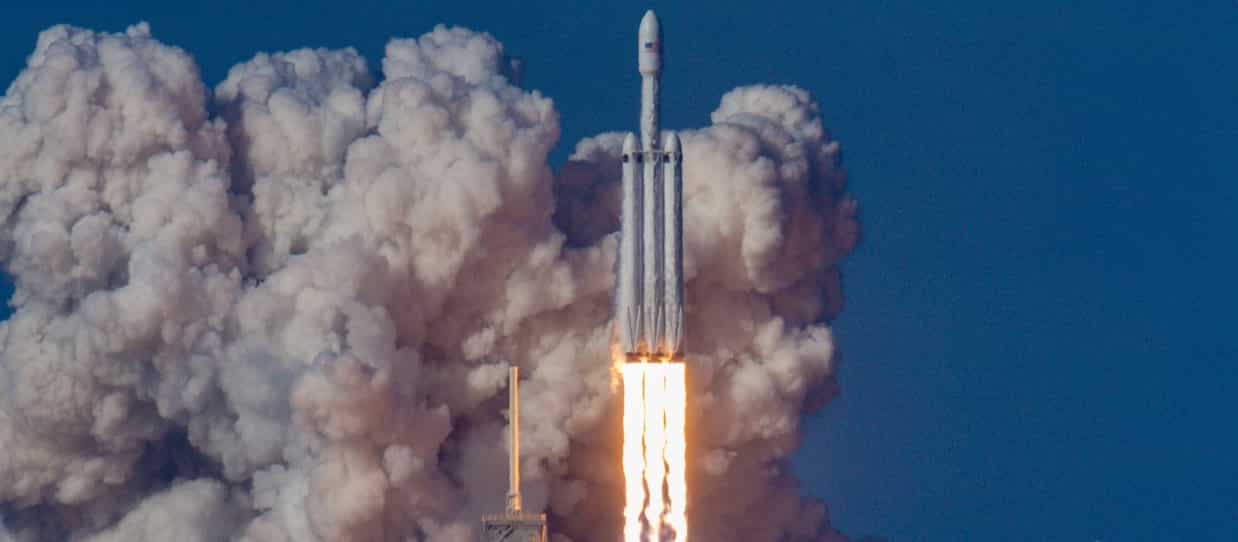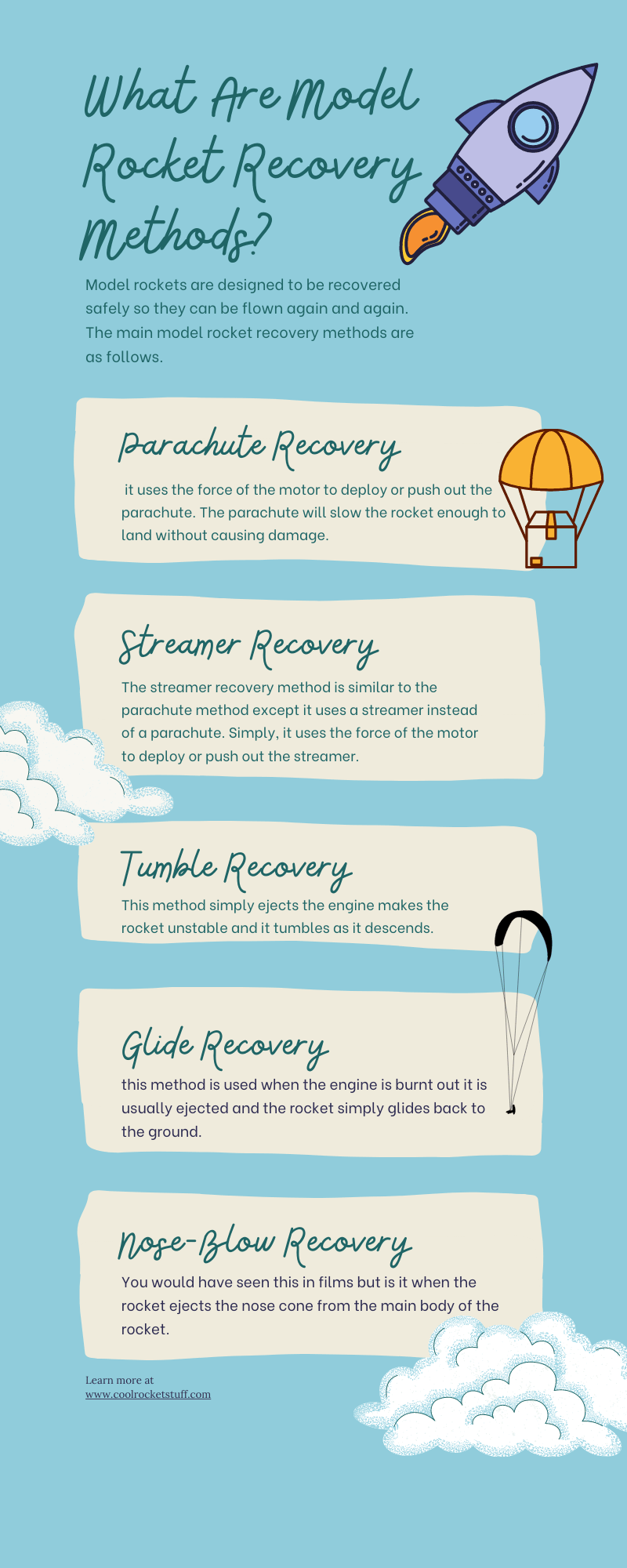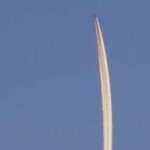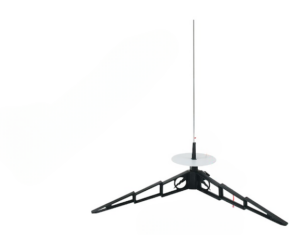
People enjoy launching model rockets as it ascends into the sky. The flight time can last up to 60 seconds depending a lot on the model engine you use. The thing is that it may spend less time going upward which means it can spend the majority of the time coming down.
One of the biggest challenges of flying model rockets is trying to successfully recover the rocket. That means recovering the rocket without a scratch. There are a number of recovery methods to help the model rocket to be recovered.
In this post, we will go through what is model rocket recovery methods so you can go launching rockets with confidence. Let’s get started!
What Are Model Rocket Recovery Methods?
Fortunately, model rockets are designed to be recovered safely so they can be flown again and again. The most common recovery method is the parachute and streamer.
Here is the list of the main model rocket recovery methods.
- Parachute recovery
- Streamer recovery
- Featherweight recovery
- Tumble recovery
- Nose-blow recovery
- Glide recovery
- Helicopter recovery
Parachute Recovery
Parachute recovery is the most common approach. Simply, it uses the force of the motor to deploy or push out the parachute. The parachute will slow the rocket enough to land without causing damage.
There is fireproof paper inserted around the parachute and inside the body to protect the parachute from fire.
The size of the parachute depends on the size of the rocket. The wind and air resistance alas has an impact on if the rocket landing been a smooth one.

Streamer Recovery
The streamer recovery method is similar to the parachute method except it uses a streamer instead of a parachute. Simply, it uses the force of the motor to deploy or push out the streamer.
The streamer will slow the rocket enough to land without causing damage. Streamers are less affected by the wind, leading to closer landings.
Featherweight Recovery
This is used on very small rockets. This simply after ejecting the motor lets the rocket flutter back to the ground. This is slightly different from tumble recovery, which relies on a system to destabilize the rocket.

Tumble Recovery
The tumble recovery can be used on very strong rockets or small rockets with a large cross-sectional area. This method simply ejects the engine makes the rocket unstable and it tumbles as it descends.
Any rocket that will enter a stable, ballistic trajectory as it falls is not safe to use with tumble recovery.
Nose-Blow Recovery
The nose-blow recovery is not commonly used. You would have seen this in films but is it when the rocket ejects the nose cone from the main body of the rocket.
This increases the drag and reducing the rocket’s airspeed to a safe rate for landing.

Glide Recovery
In glide recovery, this method is used when the engine is burnt out it is usually ejected and the rocket simply glides back to the ground.
To glide it back to the ground it must unfold its wings and this allows the rocket to glide back to the ground. This method is not commonly used in high-power rockets.
Helicopter Recovery
As the name suggests it deploys helicopter-style blades and rotates without engine power during a descent back to the ground.
The helicopter recovery normally happens when the engine recoils create the necessary pressure that makes the nose cone pop out.
There are rubber bands connected to the nosecone and three or more blades. The rubber bands pull the blades out and provide enough drag to soften the landing.
What Is The Purpose Of Recovery Wadding?
Recovery wadding is important to protect your parachute from going on fire or damaged. Without the wadding, the chute could be burned.
Final Thoughts
Generally speaking, one of the biggest challenges of flying model rockets is trying to successfully recover the rocket with minimal damage.
That means to recover the rocket without a scratch. There are a number of recovery methods to do this deployment but you will need to decide on the best method that suits your needs.
Are you on Pinterest? Pin these!







